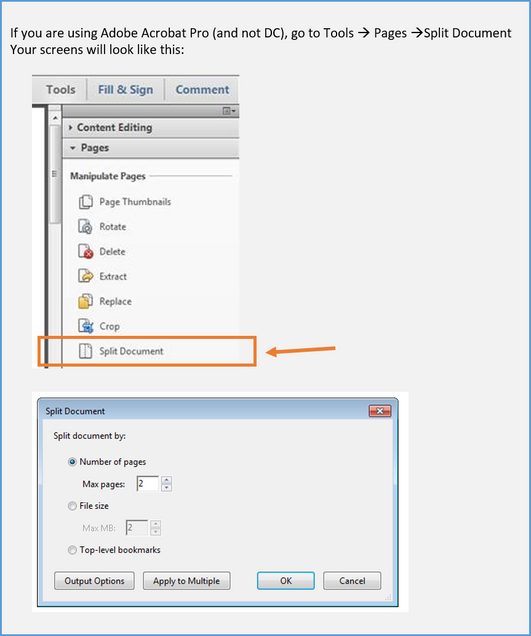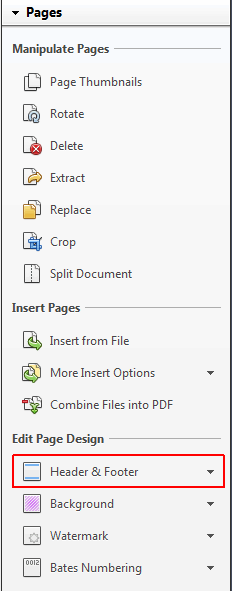


HOW TO ADD PAGE NUMBERS IN PDF ADOBE READER INSTALL
You will need to install two Perl packages: CAM::PDF and PDF::API2. Caveats: the PDF file must be of level at most 1.4 (to obtain this, use \pdfminorversion=4 when compiling it in pdflatex). It can be done very easily for files produces by pdflatex by using the simple Perl script below. You can bet that the authors of unnumbered papers are going to get a short lecture on how important it is to provide the reviewer with line (and equation) numbers throughout. Someone better versed in LaTeX might find a more elegant solution, but this seems to work for me. For numbering greater than 65, the first page's numbers get shifted to a second page (for some unknown reason), so my trick is to insert a blank page with the openright option (resetting the page count as needed) and then remove the first two pages of output later. To get numbers going all the way down the page, I had to find a workaround described in the LaTeX code. By setting \pgfkeys TO MAKE LOREMIPSUM.PDF I defined a command that takes the page number and four line numbers as arguments, where the four line numbers are used to tell the macro at which "raw" line numbers the "real" text lines start and end in the left and right column. These files can then be read by pgfplotstable (at least v 1.4) and be used to typeset the line numbers on top of the imported pdf file. Running the script takes about 1 second for one page, resulting in a number of files: basename-.txt, where odd contain the positions of the left line numbers, and even those of the right page numbers.

I wrote a little shell script that, using ImageMagick (at least version 6.6.9-4), converts a given PDF into separate raster images for each page, splits these into half pages, shrinks them to a width of one pixel (so takes the horizontal average, basically), turns this into a monochrome image with a given threshold (black=text, white=no text), shrinks every black sequence down to one pixel (=middle of a line), outputs this as a text, pipes it to sed to clean it up and remove all the non-text lines and finally writes a txt file with the position of each line as 1/1000 of the text height.įindlines.sh: convert $1.pdf -crop 50x100% png:$1Ĭonvert $f -flatten -resize 1X1000! -black-threshold 99% -white-threshold 10% -negate -morphology Erode Diamond -morphology Thinning:-1 Skeleton -black-threshold 50% txt:-| sed -e '1d' -e '/#000000/d' -e 's/^*,//' -e 's///g' -e 's/.*//' -e 's/,/ /g' > $f.txt Alright, here's a go at numbering lines in a PDF (or any other image format) without access to the source.


 0 kommentar(er)
0 kommentar(er)
